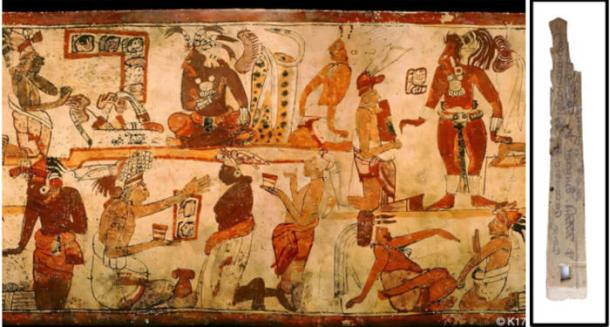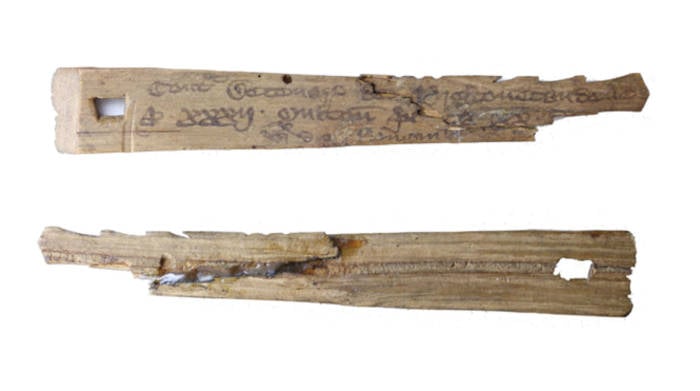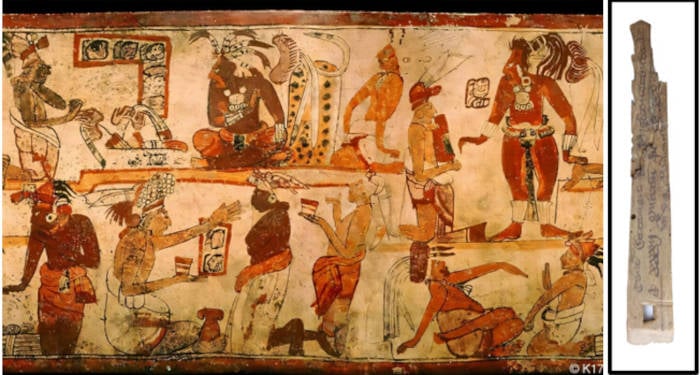Tally Sticks: How Wooden Records Rewrote the Story of Money
- Tally sticks were state tools for tracking taxes and tribute, not primitive wallets for barter.
- New cross-cultural research suggests money began as public accounting backed by authority.
- Barter-first narratives misread the archaeological and historical record.
- Understanding tally sticks reframes debates about modern money and state power.

Most of us grow up on a tidy story: barter, then coins, then paper, then plastic and pixels. That tidy arc is convenient but misleading, according to new research led by University at Albany anthropology professor Robert M. Rosenswig. His paper forces us to stop imagining money as a thing people discovered and start seeing it as a technique invented by states.
Rosenswig’s study, Ancient Tally Sticks Explain the Nature of Modern Government Money, published in the Journal of Economic Issues, documents tally sticks made from wood and bone across England, China and the Maya world. What ties these finds together is not a market impulse but administrative control: tally sticks recorded, transferred and canceled obligations like taxes and tribute. Once you see tally sticks as instruments of public accounting, the function of money changes from neutral medium to a ledger backed by political authority.
“The historical record shows that barter doesn’t precede the creation of financial money,” Rosenswig said. “Tally sticks remind us that money is not a scarce commodity but an accounting system rooted in political authority.”
The archaeological evidence lines up with documents and museum pieces that show officials marking obligations directly onto sticks, splitting them, and using matched halves to prevent fraud. These were not household IOUs or market tokens; they were proof of relationship between subject and state. That relationship is the crucial piece missing from textbook stories that treat money as emerging from casual trade.
For historians and economists this matters because it shifts the question from “What is money?” to “Who controls the records?” If money is ledger and authority, then crises of confidence, tax policy and public trust become central to monetary history. Modern debates about digital currencies, central banks and fiscal authority look very different when you start from tally sticks instead of barter tales.
For readers who like deeper dives, the reporting links below trace related threads about barter myths and currency experiments in ancient societies.


Leave a Comment